Photographs by NICHOLAS NIXON
The Brown sisters have been photographed every year since 1975. The latest image in the series is published here for the first time.

1975, New Canaan, Conn.
Nicholas Nixon was visiting his wife’s family when, “on a whim,” he said, he asked her and her three sisters if he could take their picture. It was summer 1975, and a black-and-white photograph of four young women — elbows casually attenuated, in summer shorts and pants, standing pale and luminous against a velvety background of trees and lawn — was the result. A year later, at the graduation of one of the sisters, while readying a shot of them, he suggested they line up in the same order. After he saw the image, he asked them if they might do it every year. “They seemed O.K. with it,” he said; thus began a project that has spanned almost his whole career. The series, which has been shown around the world over the past four decades, will be on view at the Museum of Modern Art, coinciding with the museum’s publication of the book “The Brown Sisters: Forty Years” in November.
Who are these sisters? We’re never told (though we know their names: from left, Heather, Mimi, Bebe and Laurie; Bebe, of the penetrating gaze, is Nixon’s wife). The human impulse is to look for clues, but soon we dispense with our anthropological scrutiny — Irish? Yankee, quite likely, with their decidedly glamour-neutral attitudes — and our curiosity becomes piqued instead by their undaunted stares. All four sisters almost always look directly at the camera, as if to make contact, even if their gazes are guarded or restrained.
Photo

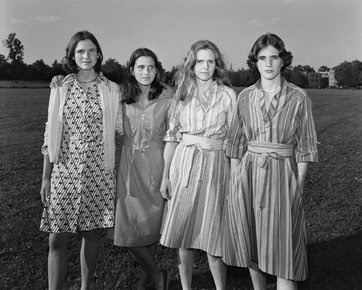
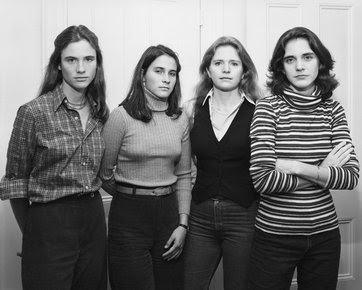

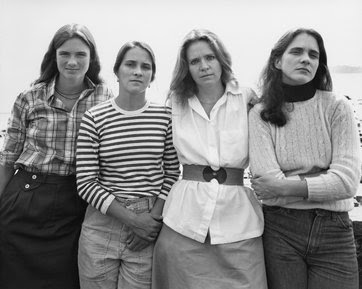
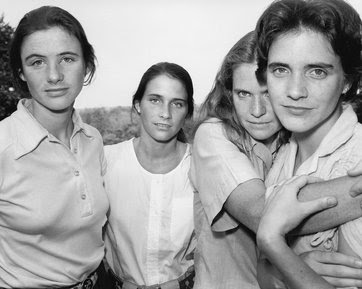
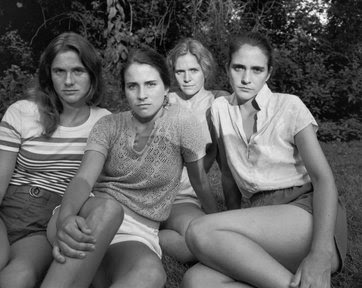

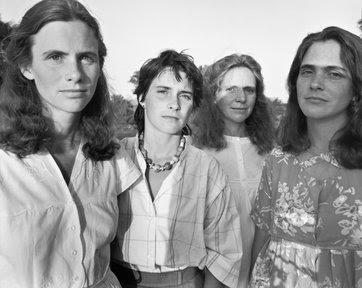
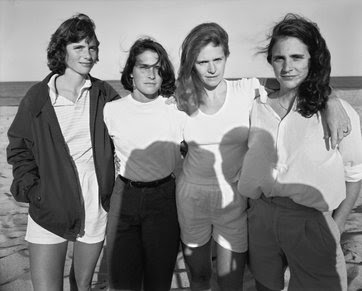
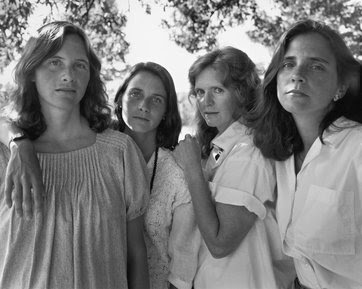
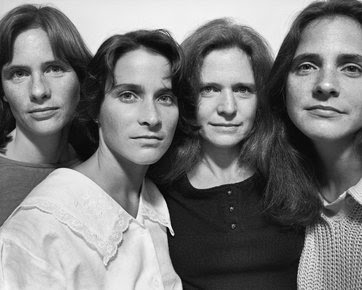

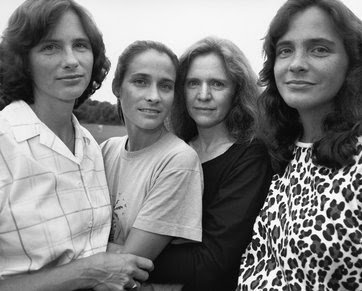
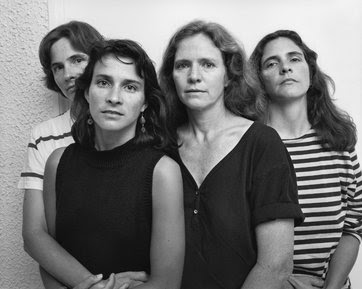
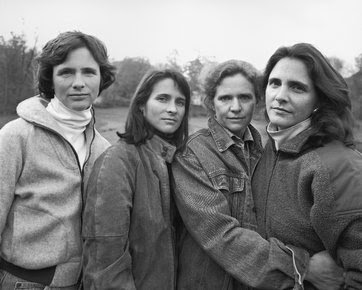
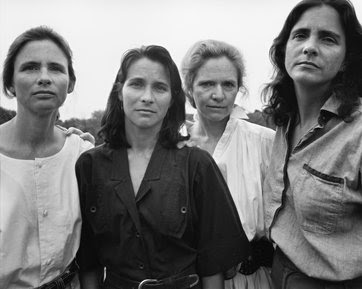
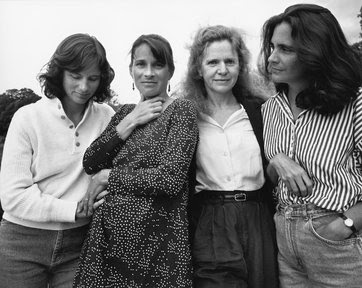
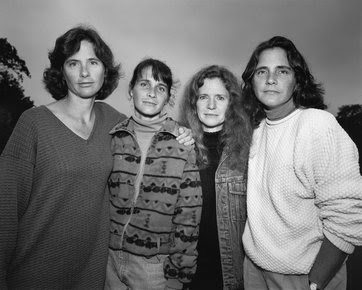
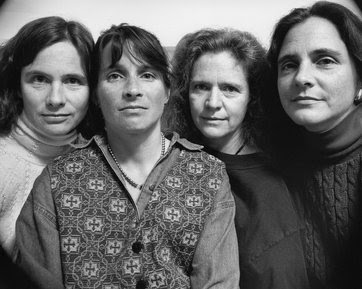
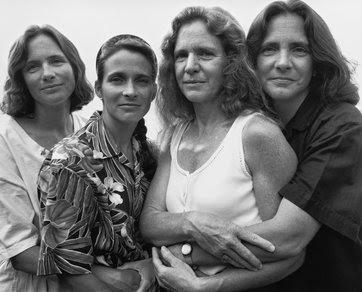

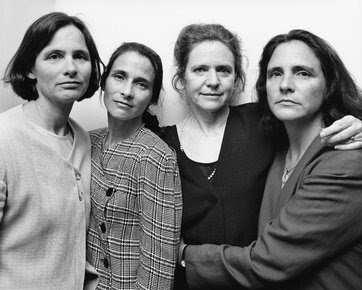
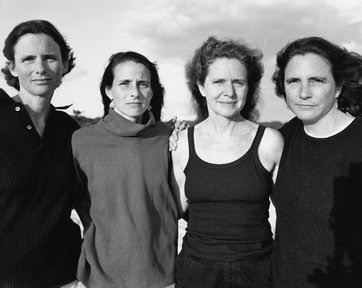

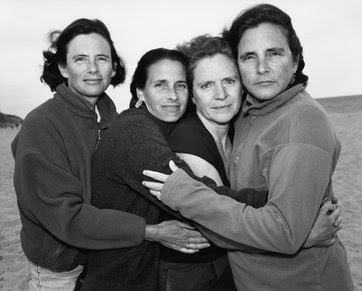



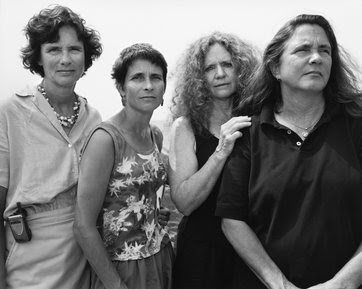
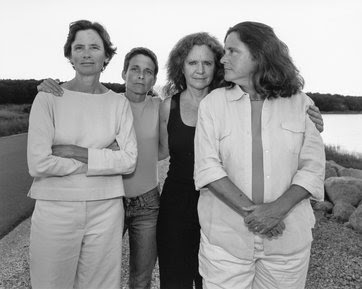


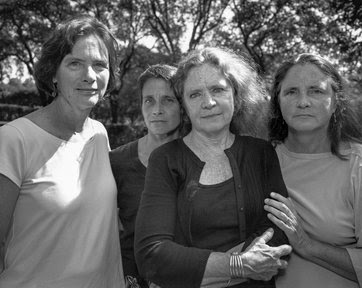


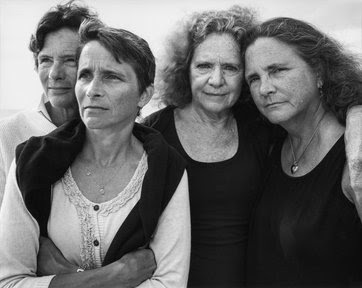
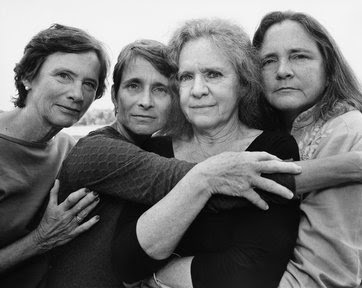
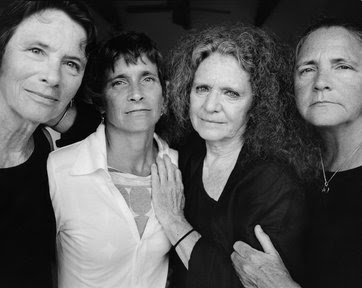
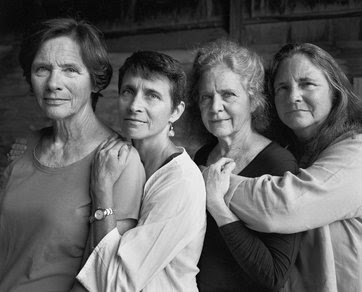

1975, New Canaan, Conn.
Photo
1976, Hartford
Photo
1977, Cambridge, Mass.
Photo
1978, Harwich Port, Mass.
Photo
1979, Marblehead, Mass.
Photo
1980, East Greenwich, R.I.
Photo
1981, Cincinnati
Photo
1982, Ipswich, Mass.
Photo
1983, Allston, Mass.
Photo
1984, Truro, Mass.
Photo
1985, Allston, Mass.
Photo
1986, Cambridge, Mass.
Photo
1987, Chatham, Mass.
Photo
1988, Wellesley, Mass.
Photo
1989, Cambridge, Mass.
Photo
1990, Woodstock, Vt.
Photo
1991, Watertown, Mass.
Photo
1992, Concord, Mass.
Photo
1993, Boston
Photo
1994, Grantham, N.H.
Photo
1995, Marblehead, Mass.
Photo
1996, Lexington, Mass.
Photo
1997, Wellesley Hills, Mass.
Photo
1998, Falmouth, Mass.
Photo
1999, Brookline, Mass.
Photo
2000, Eastham, Mass.
Photo
2001, Brewster, Mass.
Photo
2002, Marblehead, Mass.
Photo
2003, Ipswich, Mass.
Photo
2004, Cataumet, Mass.
Photo
2005, Cataumet, Mass.
Photo
2006, Wellesley, Mass.
Photo
2007, Cataumet, Mass.
Photo
2008, Dallas
Photo
2009, Truro, Mass.
Photo
2010, Truro, Mass.
Photo
2011, Truro, Mass.
Photo
2012, Boston
Photo
2013, Truro, Mass.
Photo
2014, Wellfleet, Mass.
Whenever a woman is photographed, the issue of her vanity is inevitably raised, but Nixon has finessed this with his choice of natural light, casual manner and unfussy preparation. The sisters never discuss what they are going to wear. Bebe Nixon says simply: “We just wear what we feel like wearing that day.”
Throughout this series, we watch these women age, undergoing life’s most humbling experience. While many of us can, when pressed, name things we are grateful to Time for bestowing upon us, the lines bracketing our mouths and the loosening of our skin are not among them. So while a part of the spirit sinks at the slow appearance of these women’s jowls, another part is lifted: They are not undone by it. We detect more sorrow, perhaps, in the eyes, more weight in the once-fresh brows. But the more we study the images, the more we see that aging does not define these women. Even as the images tell us, in no uncertain terms, that this is what it looks like to grow old, this is the irrefutable truth, we also learn: This is what endurance looks like.
It is the endurance of sisterhood in particular. Nixon, who grew up a single child, says he has always been particularly intrigued by the sisterly unit, and it shows in these images. With each passing year, the sisters seem to present more of a united front. Earlier assertions of their individuality — the arms folded across the chest, the standing apart — give way to a literal leaning on one another, as if independence is no longer such a concern. We see what goes on between the sisters in their bodies, particularly their limbs. A hand clasps a sister’s waist, arms embrace arms or are slung in casual solidarity over a shoulder. A palm steadies another’s neck, reassuring. The cumulative effect is dizzying and powerful. When 36 prints were exhibited in a gallery in Granada, Spain, viewers openly wept.


The deepening of the sisters’ relationships extends to the one with Nixon. Each sister has always had the opportunity to weigh in on the annual selection of which shot would represent that year, but in the past 10 years, the process has become much more collaborative. Once, when the sisters were unanimous in a choice that wasn’t the same as Nixon’s, he bowed to their wish. “I have to be fair here,” he said. When his own shadow first appears, falling across the faces — in ’81, ’83 and ’84 — alongside the square of his 8-by-10 camera, you can feel him angling to join in, to be part of the group himself. But in later years, the collaborative bond between him and his subjects shows. The women’s eyes now seem to regard the photographer with a glow of trust and sisterly affection. “We’ve gotten close,” Nixon acknowledges.
As we come to the last pictures, we feel the final inevitability that, as Nixon says, “Everyone won’t be here forever.” The implication hovers in the darkening of the palette and in the figures drawing together, huddling as if to stay afloat. To watch a person change over time can trick us into thinking we share an intimacy, and yet somehow we don’t believe that these poses and expressions are the final reflection of the Brown sisters. The sisters allow us to observe them, but we are not allowed in. The reluctance shows particularly in the early pictures: the wary lowered brow, the pressed line of a mouth. Sometimes a body’s stance or the angle of the jaw is downright grudging. These subjects are not after attention, a rare quality in this age when everyone is not only a photographer but often his own favorite subject. In this, Nixon has pulled off a paradox: The creation of photographs in which privacy is also the subject. The sisters’ privacy has remained of utmost concern to the artist, and it shows in the work. Year after year, up to the last stunning shot with its triumphant shadowy mood, their faces and stances say, Yes, we will give you our image, but nothing else.

No comments:
Post a Comment